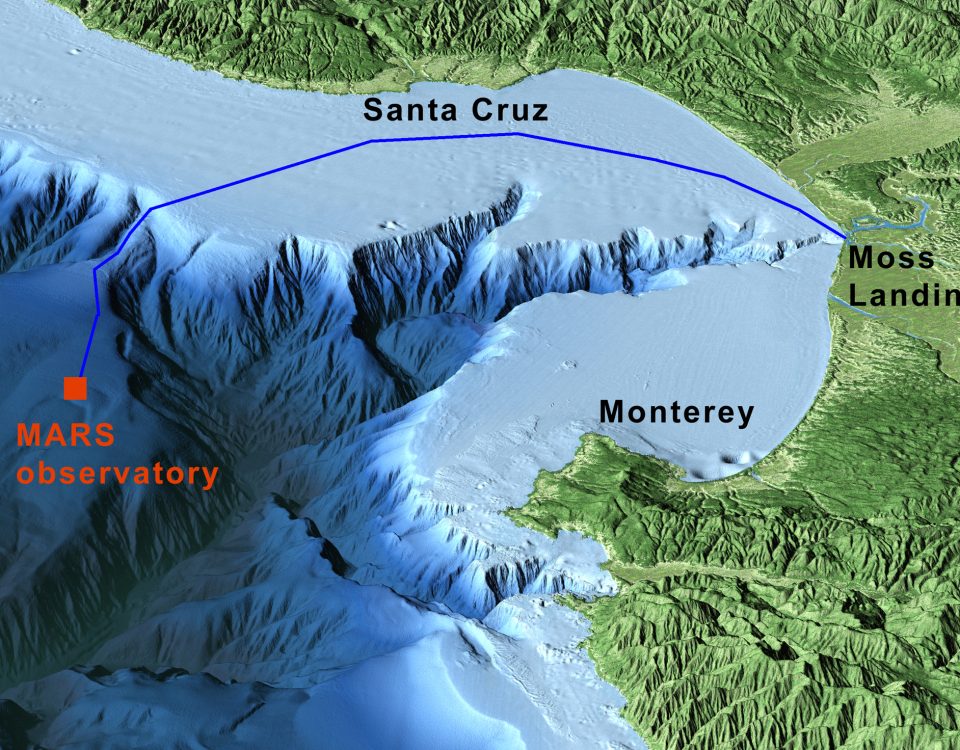
Humpback Whale Season in Monterey Bay
January 4, 2019
Whale Interaction in Monterey Bay
February 26, 2019The Mola Mola, otherwise known as the ocean sunfish, is one of the coolest fishes in the ocean. Its common name “sunfish” refers to its habit of sunbathing at the water surface. It is the heaviest bony fish in the world, and can get quite large in size at 15 ft. with an average adult weight between 545-2,205 pounds. The largest size on record is a whopping 5,000 pounds!
It is an oddly fascinating fish because its shape is flat, looks like a half of fish, and can be as tall as they are long. It’s hard to believe a fish this size eats a diet primarily of jellyfish, but it’s true. At times, they can be seen eating small fish and large amounts of zooplankton. Because of the large volume of prey they must consume, their presence can be an indicator of nutrient-rich waters, which is why we are lucky to see them on our trips on Monterey Bay, known as being some of the most nutrient rich waters in the world.
Due to the size and thick skin of adult Mola Mola’s, they have few predators, but sea lions, Killer Whales (Orcas) and sharks will eat them. Watch the video closely, as you’ll see a sea lion checking out his possible meal.
Contrary to popular belief, Mola Mola’s spend a large portion of their life at depths greater than 660 ft. not at the surface basking in the sun as many believe. At this depth, the water is quite cold and therefore, they come to the surface to thermally recharge (warm) their bodies. The other reason for surfacing is that they become infested with skin parasites and have a symbiotic relationship with birds and other small fish as they delight on feasting on these parasites. So, the fish gets a cleaning and the birds/small fish get a meal.
Mola Mola’s are usually found alone, but can be seen in pairs or schools while being cleaned. And, can also be seen in kelp beds when they are feeding on smaller fish.
Learn more about the fascinating Mola Mola from Sea Goddess naturalist Laura in the video!




